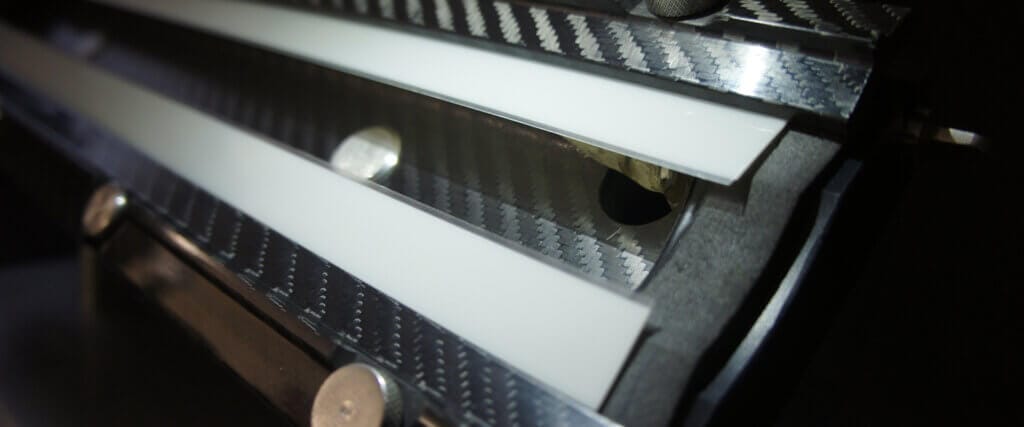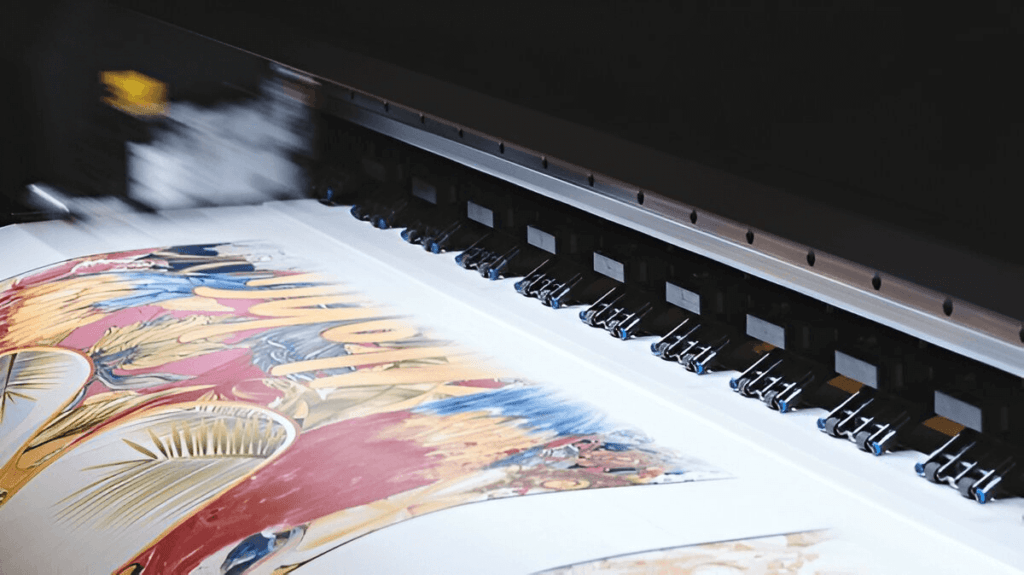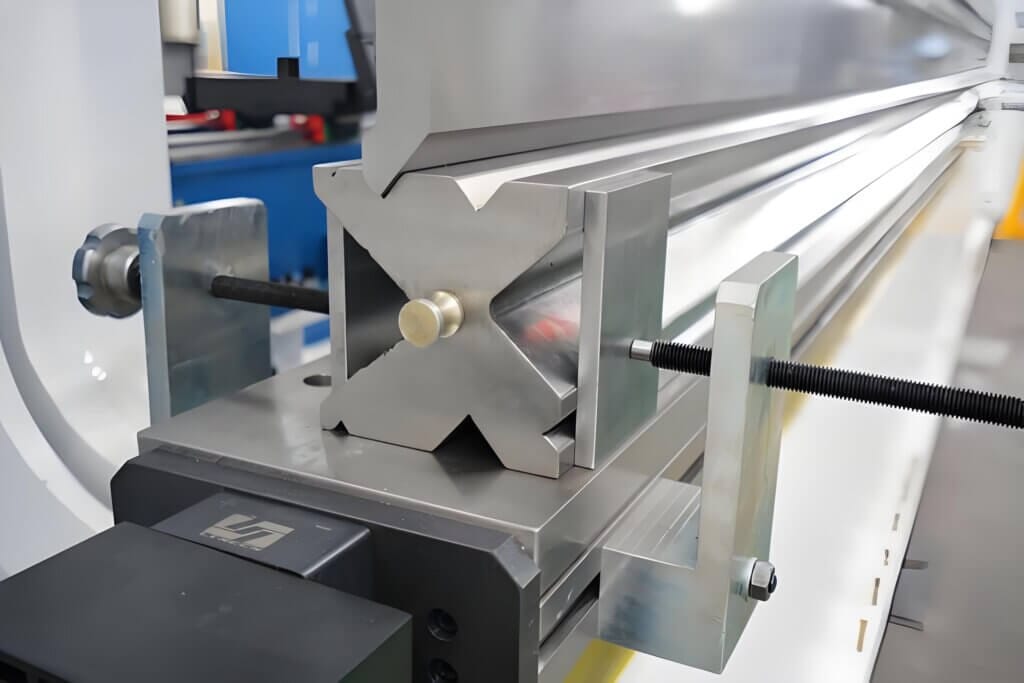Why Perfect Stainless Steel Cuts are Essential for Precision Projects
Precision is paramount in any project that involves stainless steel. The material’s hardness and density make it a challenging substance to cut, and subpar cuts can lead to inaccuracies that compromise the integrity of the entire project. In construction, automotive, or even culinary industries, a flawless cut ensures parts fit together seamlessly, reducing the need for excessive finishing or adjustments. Uneven or jagged cuts not only diminish the aesthetic appeal but can also cause functional issues, particularly in components requiring tight tolerances. To achieve the best results, understanding how to make perfect stainless steel cuts is an essential skill for anyone working with this versatile metal.
How the Right Cutting Blades Can Transform Your Cutting Experience
Choosing the right cutting blades elevates your cutting experience by improving both efficiency and precision. Top-rated blades are designed to handle the unique challenges of stainless steel, ensuring smooth, clean cuts with minimal effort. Unlike standard blades, which may dull quickly or cause material warping, high-quality blades can endure the intense friction and heat produced during the cutting process. The result is a sharper, longer-lasting tool that provides consistent cuts, reduces post-processing work, and ultimately saves time and money. When you equip yourself with the right cutting blades, you’re investing in the overall quality of your stainless steel projects.
Understanding the Importance of Blade Quality
How Blade Quality Affects Stainless Steel Cutting Performance
The quality of a cutting blade directly impacts the performance and outcome of stainless steel cutting. High-quality blades are made from superior materials that are able to withstand the high temperatures and forces involved in cutting dense metals. The precision-engineered teeth of top-rated blades are designed to provide consistent cutting performance, ensuring that each pass through the material is as clean and precise as the last. Poor-quality blades, on the other hand, often struggle with heat dissipation, leading to premature dulling and subpar cuts. The result is increased effort, rough edges, and a greater likelihood of blade failure. Thus, using premium cutting blades ensures that the cutting process is efficient, precise, and durable.
The Difference Between Standard Blades and Top-Rated Blades
Standard cutting blades often lack the durability and design features needed to tackle stainless steel effectively. These blades may be made from lower-grade materials that wear down quickly under the stress of cutting through such a tough material. Top-rated blades, however, are specifically engineered for the challenges posed by stainless steel. These blades feature high-performance coatings, advanced tooth geometry, and premium materials that enhance their ability to cut through stainless steel with ease. They offer better heat resistance, longer-lasting sharpness, and smoother, cleaner cuts, making them the preferred choice for anyone working with stainless steel on a regular basis.
Choosing the Best Cutting Blades for Stainless Steel
Key Features to Look for in Top-Rated Cutting Blades
When choosing the best cutting blades for stainless steel, several key features should guide your decision. The material composition of the blade is crucial; high-speed steel (HSS), carbide, and diamond coatings offer the durability required for cutting through tough metals. Additionally, the tooth design should be optimized for stainless steel—blades with more teeth per inch (TPI) will provide smoother, more refined cuts, whereas those with fewer teeth are better suited for faster cutting, though with less precision. Finally, the blade’s heat resistance is critical in maintaining sharpness and preventing warping during use.
Different Types of Blades for Various Stainless Steel Projects
There are several blade types suited for different stainless steel cutting tasks. For general-purpose cutting, high-speed steel (HSS) blades are a great choice due to their durability and ability to maintain sharpness. For more demanding cuts, carbide-tipped blades provide increased toughness and longer blade life. If precision is a priority, diamond-coated blades are ideal for delivering ultra-smooth cuts, especially when working with thicker or tougher grades of stainless steel. Each blade type has its strengths, and selecting the right one depends on the specific needs of your project.

Types of Cutting Blades for Stainless Steel
High-Speed Steel (HSS) Blades: Durability and Performance
High-speed steel blades are known for their versatility and resistance to heat, making them an excellent choice for cutting stainless steel. They are particularly effective in applications where moderate to high-speed cutting is required. HSS blades hold up well to the heat generated during the cutting process, which ensures long-lasting performance and reduced wear. These blades are ideal for cutting thinner sheets of stainless steel with accuracy and minimal edge distortion.
Carbide-Tipped Blades: A Tough Choice for Stainless Steel
Carbide-tipped blades are known for their hardness and resilience, which make them perfect for tougher stainless steel materials. The carbide tips retain their sharpness for a longer period, even under high-stress conditions. These blades are designed to handle tough cutting tasks, including thicker sections of stainless steel or high-alloy grades that can quickly dull standard blades. Carbide-tipped blades excel in high-performance, heavy-duty applications and are often the preferred choice for professionals.
Diamond Blades: Ideal for Precision Cuts on Tough Materials
Diamond blades are unmatched in terms of precision, particularly when cutting hard or thick stainless steel. The diamond edge offers unparalleled sharpness, allowing for cleaner cuts with less effort. These blades are designed for those who require the highest degree of accuracy in their cuts, such as in specialized industrial or architectural applications. They are also highly effective in reducing heat buildup, which minimizes material warping and maintains the integrity of both the blade and the stainless steel.
How to Select the Right Blade for Your Project
Matching Blade Material to Stainless Steel Grade and Thickness
When selecting a cutting blade, it’s important to match the blade material with the grade and thickness of the stainless steel. For example, thinner stainless steel sheets may only require a high-speed steel blade, while thicker, tougher materials may necessitate a carbide-tipped or diamond blade. The grade of stainless steel (e.g., 304, 316, or 440) also influences the type of blade to use, as higher grades typically require more robust cutting tools.
Understanding the Cutting Method: Dry vs. Wet Cutting
The method used to cut stainless steel also affects the choice of blade. Dry cutting involves cutting without any cooling agents, while wet cutting uses water or other coolants to prevent overheating. Wet cutting is particularly useful when working with thicker stainless steel, as it helps dissipate the heat generated during the cutting process, prolonging the life of the blade. Some blades are specifically designed for wet cutting, while others are suited for dry applications. It’s important to choose the appropriate blade based on the cutting method for optimal results.
Tips for Achieving Clean Edges and Top Performance
How to Ensure Smooth, Burr-Free Cuts with the Right Technique
Achieving clean, burr-free edges requires both the right blade and proper cutting technique. Ensure that the blade is aligned correctly and maintained to prevent uneven cuts. Keeping the cutting speed steady and avoiding excessive pressure can also help in achieving smoother edges. Additionally, using a cutting lubricant can reduce friction and heat buildup, allowing for cleaner and more precise cuts.
The Role of Cutting Speed and Pressure in Achieving Perfect Results
The cutting speed and pressure applied to the material significantly affect the quality of the cut. Too much pressure can cause the blade to wear faster or damage the material, while too little pressure may result in incomplete cuts. Similarly, the cutting speed should be adjusted based on the thickness and hardness of the stainless steel, as well as the type of blade used. Balancing speed and pressure ensures optimal cutting performance and reduces the risk of errors.
Blade Maintenance for Long-Lasting Performance
How to Maintain Top-Rated Cutting Blades for Maximum Lifespan
Proper maintenance of your cutting blades is essential to keep them performing at their best. Regular cleaning to remove metal shavings and debris is crucial, as these can dull the blade over time. Additionally, using a sharpening tool or sending the blade to a professional sharpening service can restore its edge and extend its life. It’s important to inspect the blade for wear and replace it when necessary to maintain cutting efficiency.
Sharpening and Cleaning Techniques to Ensure Clean Cuts Every Time
To ensure that each cut is as clean and precise as the last, regular sharpening and cleaning are necessary. For sharpening, follow the manufacturer’s guidelines, as some blades require specific tools or techniques. Cleaning the blade after each use helps prevent the buildup of material residue, which can impact the blade’s sharpness and cutting ability. Keeping your blades in optimal condition ensures consistent performance throughout their lifespan.
Common Mistakes to Avoid During Stainless Steel Cutting
Using the Wrong Blade Type for Specific Stainless Steel Projects
One common mistake is selecting the wrong blade type for the project at hand. Not all blades are suited for every grade or thickness of stainless steel. Using a blade that is too weak or not designed for a specific material can result in poor cuts and premature blade wear. Always choose a blade that matches the specific requirements of the material you are cutting.
Neglecting Blade Maintenance and Performance Checks
Another mistake is neglecting the maintenance and performance checks on cutting blades. Regularly inspect your blades for any signs of wear or damage, and replace them as necessary. Ignoring these checks can lead to reduced cutting efficiency, rough edges, and an increased risk of accidents.
Maximizing Blade Efficiency in Your Cutting Process
Optimizing Cutting Speed and Blade Placement for Minimal Wear
Maximizing blade efficiency requires adjusting cutting speed and ensuring proper blade placement. Too fast a cutting speed can cause excessive wear, while too slow can reduce cutting efficiency. Blade placement is equally important—keeping the blade at the correct angle ensures that each cut is smooth and even.
How to Reduce Heat Buildup During Cutting for Better Performance
Heat buildup is a common issue when cutting stainless steel, as it can cause both the blade and the material to warp. To reduce heat buildup, it’s essential to use the correct cutting speed and pressure, as well as lubrication or cooling methods. Proper heat management extends the life of your blade and improves the overall cutting performance.
Conclusion
Investing in top-rated cutting blades is a wise choice for anyone working with stainless steel. High-quality blades not only improve cutting precision and efficiency but also ensure that your projects stand out in both functionality and aesthetics. The long-term benefits of using premium blades include fewer errors, reduced maintenance, and more consistent, high-performance cuts, all of which ultimately lead to a better cutting experience. With the right blade and proper technique, every cut can be perfect, making your stainless steel projects smoother, faster, and more reliable.






